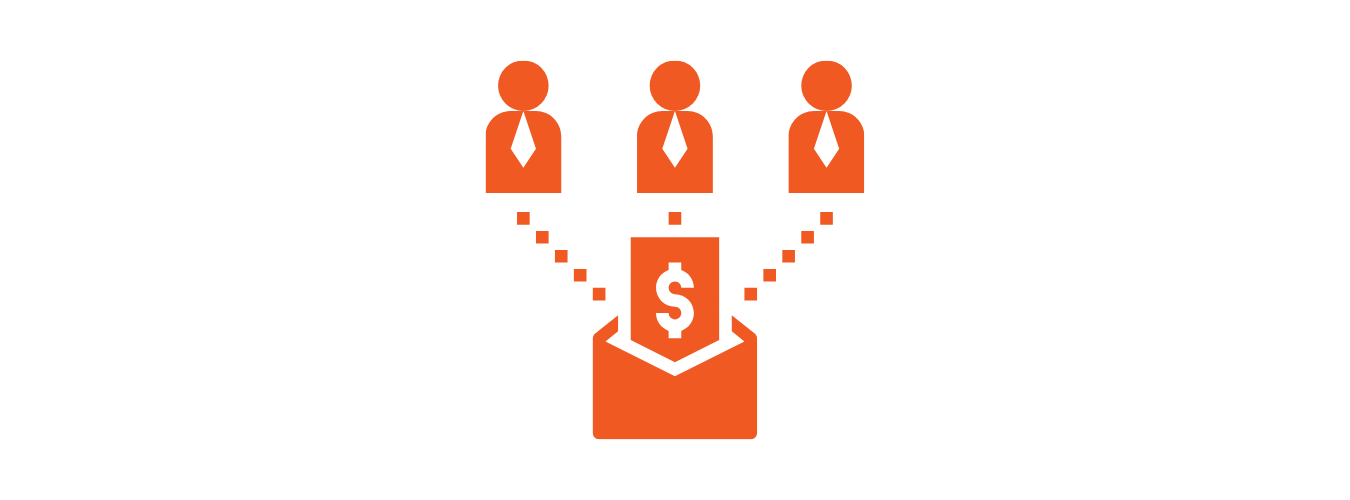
Recently the ATO has sent reminders to business owners who run a payroll system through Single Touch Payroll (STP). Since 1 January 2022 many businesses with a payroll system would have migrated to STP due to additional information being required by the ATO for employees.
This is known as the STP expansion, or STP Phase 2.
So what is Single Touch Payroll (STP)?
STP is a government initiative to streamline business reporting obligations. It starts from 1 July 2019 for employers with 19 or less employees (businesses with 20 or more employees were required to be STP compliant in July 2018).
In brief, STP requires employers (or their registered agent/intermediary) to report payments such as salaries and wages, PAYG withholding and super information directly to the ATO from their payroll system. This must be reported after every pay run has been finalised, but no later than the employee’s payment date.
The relevant information on STP can be found on the ATO’s website.
What’s changing?
From 1 July 2022, the $450 threshold test will be removed and all employees aged 18 or over will need to be paid superannuation guarantee regardless of how much they earn. It is important to ensure that your payroll system accommodates this change so you do not inadvertently underpay superannuation.
For employees under the age of 18, super guarantee is only paid if the employee works more than 30 hours per week.
Additional reporting requirements
The biggest change brought about with the introduction of Phase 2 is the additional reporting requirements of employee and earnings data. The ATO’s intent with capturing more information is to streamline employer and employee interactions with other government agencies and reduce the administrative tasks associated with the hiring and termination of employees. The key reporting changes are:
Benefits for employers
The ATO will use the STP Phase 2 information to streamline employer interactions. For example:
- You’ll no longer have to send the ATO your employees’ tax file number (TFN) declarations. Your employees will provide it to you, and you’ll need to keep it with your employee records.
- If you’re using a concessional reporting option, such as for closely held payees or for inbound assignees, you’ll be able to tell the ATO through reporting income types
- If you make a Lump sum E lump sum Epayment, you won’t need to provide Lump sum E letters to your employees. You’ll have included the amount and the period it relates to
- If you change software or your employee’s payroll ID, you can tell the ATO in your STP report if your solution has this functionality. This will help fix issues with duplicate income statements for employees in ATO online services through myGov
The ATO will also share payroll information you report to us in near real-time with Services Australia. They’ll use it to streamline requests:
- for you to provide or confirm employment and payroll information about your employees
- from your employees to provide employment and payroll information such as pay slips for prior periods
You may no longer need to provide separation certificates when your employees leave. The date and reason an employee leaves will be in your STP report.
You can also voluntarily report child support deductions or garnishees (or both) through STP. This reduces the need to send separate remittance advices to the Child Support Registrar.
Benefits for employees
PAYG instalments are regular prepayments made during the year of the tax on business and investment. Some changes under Phase 2 will help the ATO streamline interactions for employees, such as:
- The ATO will make it easier for employees at tax time as they’ll have better visibility of the types of income they’ve received and where it should be pre-filled on their individual income tax return
- Over time, the new information reported will allow the ATO to tell employees if they’ve provided you with incorrect information that may lead to them getting a tax bill. For example, where an employee hasn’t notified you that they have a study and training support loan
The ATO will also share STP information with Services Australia so they can streamline interactions with their customers. Over time, they’ll use STP data to improve their services by:
- pre-filling details they already know – saving their customers time filling out claims and reports
- reducing how often they’ll need to contact customers – STP will give them some information that they currently need to confirm by phone or online
- streamlining claims – their customers won’t need to supply as many documents
- enhancing Family Tax Benefit processes – by sending SMS and email messages to their customers when
- STP data shows their family income estimate may be too low
- they have a new job
- their employment has changed
- helping them pay their customers the right amount
- using STP information to improve the customer experience if a customer has debt to pay. STP information allows Services Australia to understand their customers’ recent employment and income history – this helps them assist customers to repay any money owed
Whilst STP Phase 2 started on 1 January 2022, it is to be noted that some Digital Service Providers (DSPs) needed more time to update their products and transition their customers. If your DSP has a deferral, this covers you so it may be prudent to contact your DSP to confirm the deferral.
It’s important you understand which of the following circumstances apply to you:
- your payroll product is ready – it’s time for you to start STP Phase 2 reporting now or have a plan in place to transition as soon as possible.
- you are covered by your DSPs deferral – make sure you understand when your product will be ready and that you are ready to start Phase 2 reporting when it has been updated, or no later than the first pay day after your DSP deferral expires
- the product you’re using is not being updated to offer STP Phase 2 reporting – your DSP will let you know if they have another product you can use. If not, you’ll need to choose a product that offers STP Phase 2 reporting
If you’re not sure which of these circumstances applies to you, you need to speak with your DSP and/or your tax or BAS professional.
What you need to do
You need to start reporting the additional information when your product is ready, so you should start preparing now.
Many DSPs are releasing changes progressively. Your DSP will provide you with instructions and it’s important that you follow them.
We have resources to help you to understand the changes and prepare. These include:
- a factsheet outlining the key changes of STP Phase 2 reporting
- a checklist to consider what you need to do
- detailed reporting guidelines which outline the STP Phase 2 reporting requirements
You can access these and other resources at ato.gov.au/STPresources.
Need extra time to transition?
You can apply for a delayed transition if you need more time to start STP Phase 2 reporting. Visit ato.gov.au/delayedstp2transitions to find out how to apply.



